Drinking Water Thailand: Safe Options for 2025 Travel
Moving to Thailand as a teacher or expat in 2025?
Ensuring access to safe drinking water is a top priority.
Thailand’s tap water is often not safe to drink due to the presence of bacteria, heavy metals, and aging pipes, particularly in rural areas.
Even in Bangkok, where standards have improved, experts (and my newbie mishaps) advise skipping the tap.
From bottled water to water stations, this guide explores practical and budget-friendly ways to stay hydrated.
Whether teaching in a sweaty classroom or exploring Thailand’s rivers, here’s how to drink safely and avoid a sensitive stomach.
Water in Thailand: What You Need to Know
Thailand’s water scene is a mix of paradise and precaution.
The country’s water resources, think river basins and reservoirs, fuel its vibrant life, but tap water quality varies wildly.
Pollution, population growth, and old infrastructure mean tap water in Thailand isn’t a safe bet for drinking.
Let’s break down your options to keep clean drinking water flowing.
Water Quality and Safety
Understanding Water Safety Standards in Thailand
Thailand follows World Health Organization (WHO) guidelines, with the Metropolitan Waterworks Authority (MWA) overseeing the water supply in Bangkok. Treated water leaves plants clean, but old pipes can add heavy metals and sediment.
It’s closer to drinkable water in urban areas, but rural areas lag with weaker sanitation.
The Thai government is working on it, but for now, water safety isn’t guaranteed; stick to alternatives.
Common Contaminants and How to Avoid Them
Tap water can contain harmful bacteria, viruses, and chemicals, such as lead.
Drinking contaminated water risks diarrhea or worse, typhoid is no joke.
Boiled tap water kills bacteria but not heavy metals, so it’s not foolproof.
Opt for a bottled, purified, or filtered water bottle to eliminate contamination and enjoy safe drinking water.
I’ve dodged health problems this way for years, trust me, it’s worth it.
Tap Water in Thailand
Is Tap Water Safe to Drink?
Do you drink tap water in Thailand?
Generally, no, it’s not safe.
Bangkok’s tap water meets World Health Organization (WHO) standards at the source; however, pollution and leaky pipes can degrade it.
In rural areas, tap water quality drops further due to spotty water treatment.
Avoid drinking tap water to avoid tummy troubles.
Use it for washing dishes, not sipping.
Can You Brush Your Teeth with Tap Water?
Brushing teeth with tap water is a gray area.
It’s usually fine in Bangkok if you don’t swallow, but in rural areas or areas with contaminated water, use bottled or filtered water instead.
I’ve brushed my teeth with tap water in the city without issues, but I’d never risk it in remote areas.
What About Ice in Thailand?
Ice from reputable spots, such as hotels and bars, is generally safe and made from treated water.
Street vendors?
Riskier.
If it’s cylindrical with a hole (factory-made), it’s likely okay; avoid crushed ice from unclear water sources.
I’ve enjoyed icy drinks in Chiang Mai without a hitch.
Check the source!
Bottled Water: The Go-To Choice
Thailand's bottled water is your hydration MVP: cheap, readily available, and safe if you choose wisely.
From Bangkok 7-Elevens to rural stalls, it’s a lifeline.
Prices?
฿15 for 1.5L,
฿49 for a 6-pack (1L each).
However, plastic bottles accumulate, so let’s use them wisely.
How to Pick Safe Bottled Water Brands
Not every water bottle is legit.
Go for Chang, Singha, or Crystal, cheap, treated, and reliable.
Fancy a mineral boost?
Try Minere or Aura.
Check seals, broken ones scream contamination.
Store away from the sun to avoid a funky taste (I learned that the hard way).
Thailand's bottled water is a solid pick for safe hydration.
Avoiding Plastic Waste with Bottled Water
Plastic waste is a beast that Thailand’s rivers feel the brunt of.
Buy bulk (6-packs or 20L jugs) and refill a reusable water bottle.
This cuts costs (฿49 vs. ฿60 for delivery) and is perfect for eco-conscious teachers.
I’ve slashed my waste this way and saved baht for street food!
Water Stations: Affordable and Accessible
Water stations are Thailand’s hydration hack.
Whether street-side or condo-based, they dispense purified water for ฿ 1 per liter.
Step-by-Step Guide to Using Water Machines
New to them?
Here’s how:
Grab a clean, reusable water bottle (1.5L is ideal).
Align it under the nozzle, being mindful of the splash.
Drop ฿1-5 in coins, press the green button, and fill.
Cap it and go! I filled two bottles for ฿3 near my school with cheap, clean water.
Maintenance Matters: Ensure to Double-Check Quality
Quality varies, as some machine owners skip filter swaps, which can result in contaminated water.
Look for a “last serviced” tag or auto-shutoff feature.
Unsure?
Boil it at home (though boiled water may miss some chemicals).
Condo stations are stricter; ask for a log if you’re as picky as I am.
Home Filtration: Long-Term Solutions
Settling in?
Home filtration beats buying bottles.
From tap add-ons to complete systems, they’re green and guarantee safe drinking water in Thailand for 2025.
Over-the-Tap Filters for Quick Wins
Clip-on filters (e.g., Philips, ฿899) zap bacteria and grit, eliminating the need for a plumber.
Cartridges (฿200) last a month.
I got one online tap water went from meh to crisp overnight.
Brita-Style Jugs for Flexibility
Pitchers like Pure (฿790) filter as you pour swap filters (฿190) every 6-8 weeks.
They're portable for apartment hops and sleeker than my old kettle.
They're great for filtered water on the go.
Full-Home Systems for the Long Haul
Here for years? A whole-house system (฿10,000+) cleans tap water for drinking, cooking, and showers, bye-bye heavy metals.
Pricey, but with pollution and population growth stressing Thailand’s water resources, it’s a game-changer.
Delivery Services: Convenience at a Cost
Busy?
Water delivery drops hydration at your door, making it lazier than lugging bottles and pricier than stations.
How to Order Water Delivery in Thailand
Use apps like Lazada or Grab to order Singha 6-packs and set a time.
Old-school?
Visit a shop, use a translation app, and provide your Thai number and address.
Memberships (ID needed) ease repeats.
It’s ฿60 vs. ฿49 in-store, but no sweat literally.
Stay Hydrated in Thailand—Safely!
Thailand’s 2025 water game is where convenience meets caution.
Tap water in Thailand?
Avoid it.
Boiled tap water can still contain heavy metals, even if it appears to be free from contamination.
Bottled water rules, water stations save cash, filters cut waste, and delivery spoils you.
Check seals, skip ice from dodgy spots, and pack a water filter bottle for peace of mind.
I’m here to help teachers globally.
Here’s to safe hydration, Sawasdee krap!
Final Thoughts
We hope this post has inspired and empowered you on your teaching journey in Thailand!
Kids English Thailand supports you with tips, insights, and resources to make your experience unforgettable.
Want to dive deeper or have questions?
Check out our related posts below, or connect with our community of educators making a difference in Thailand.
Let’s keep thriving together!

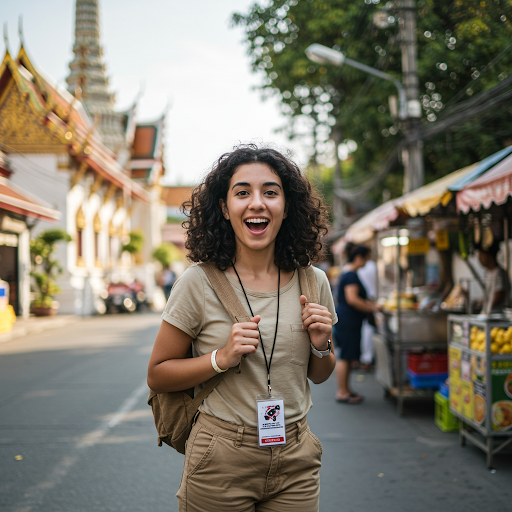
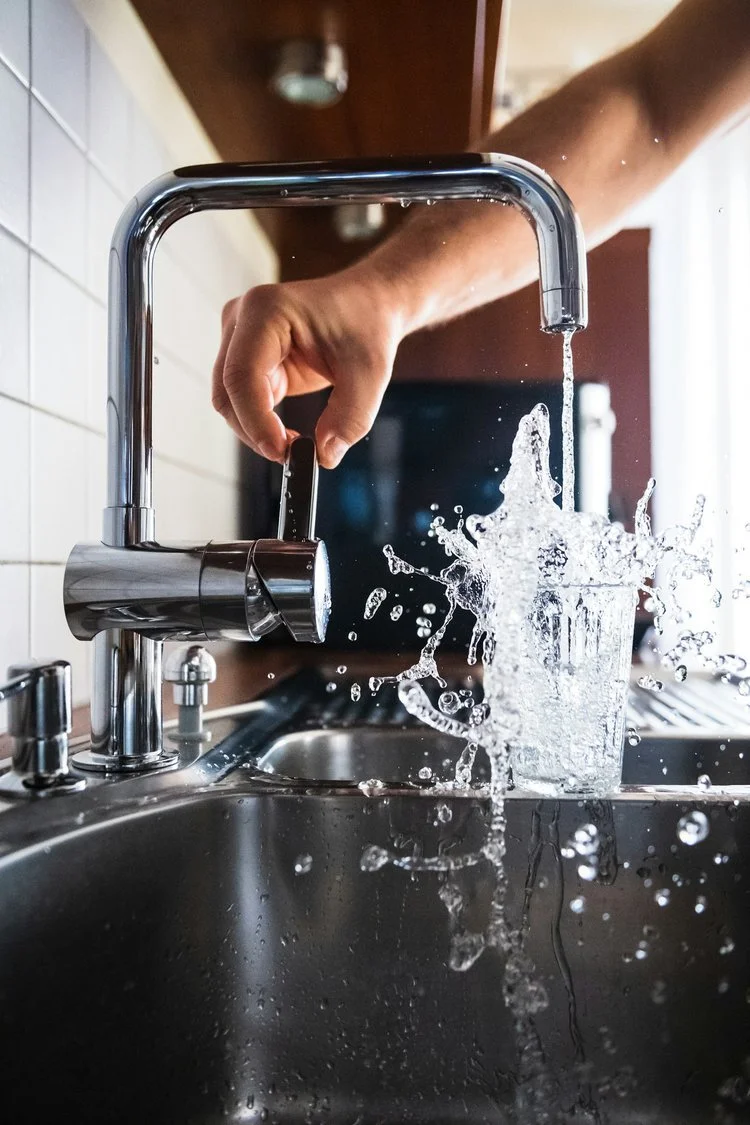

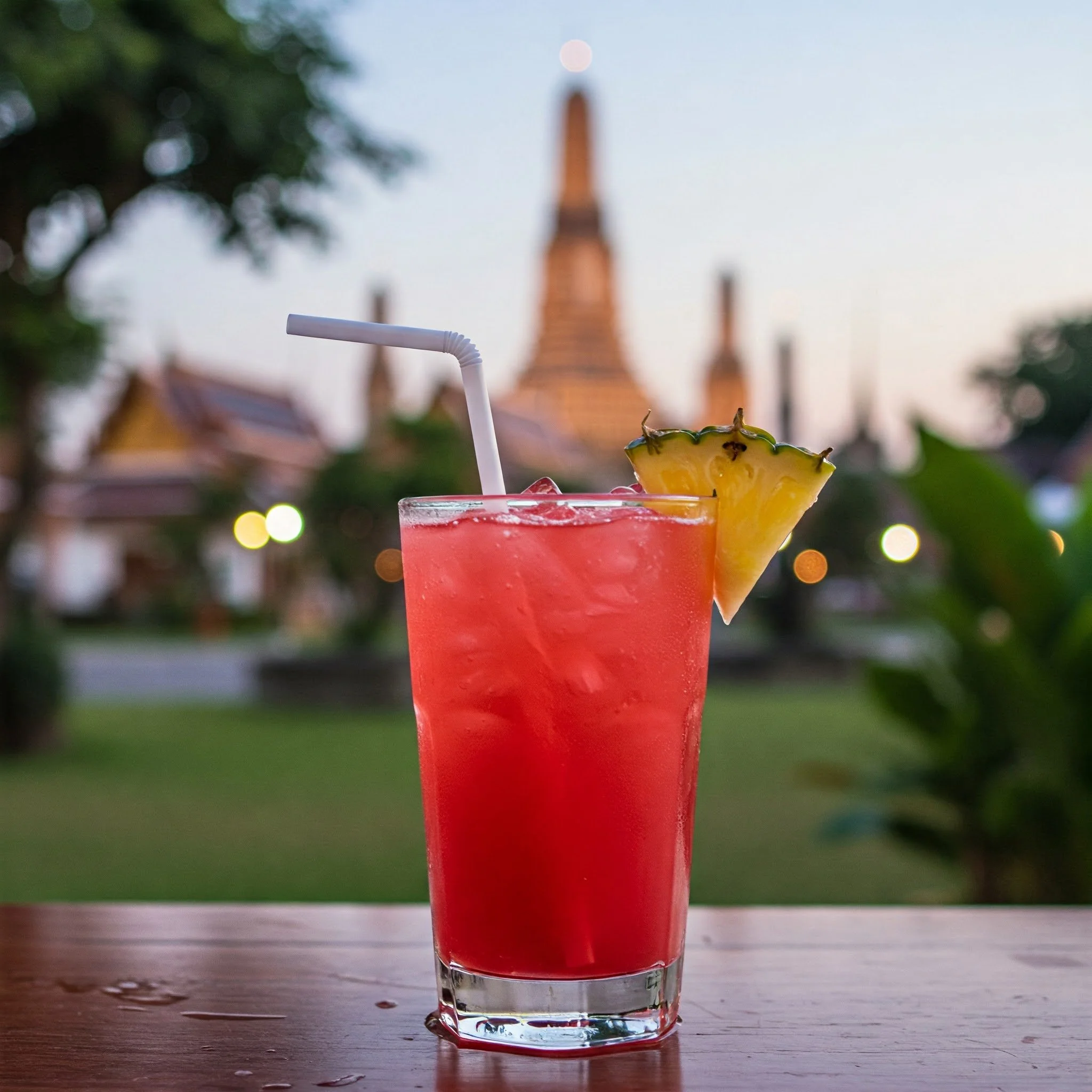

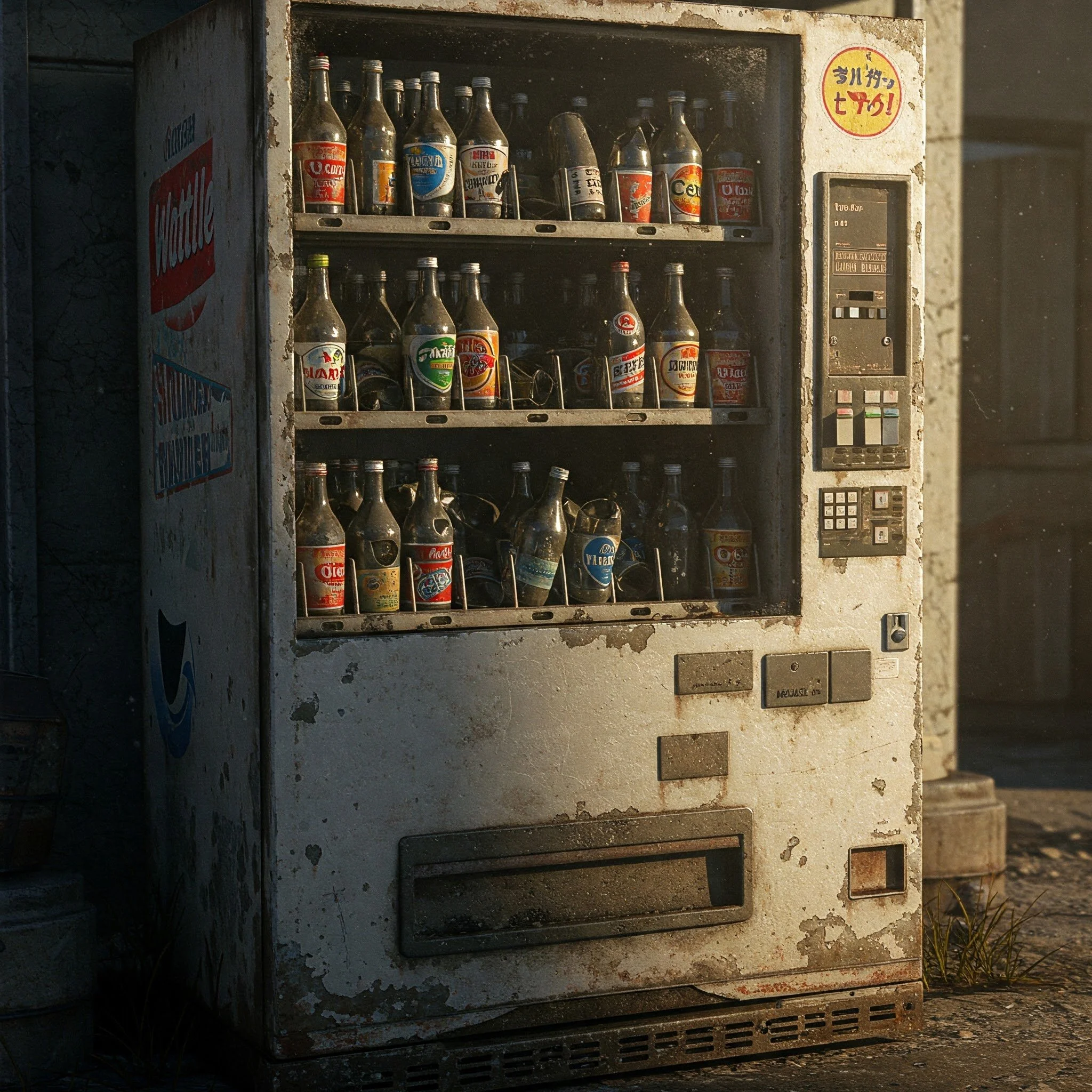

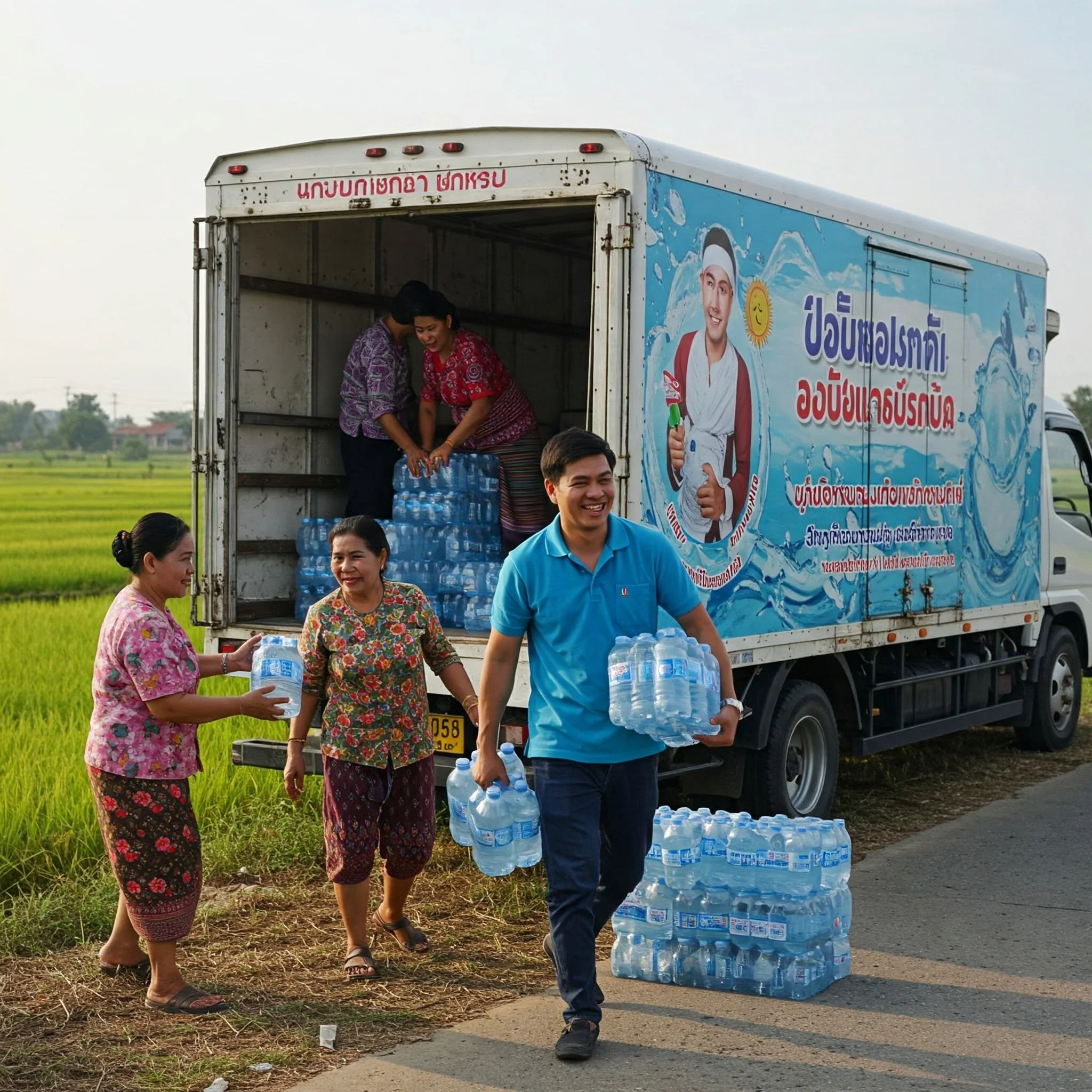





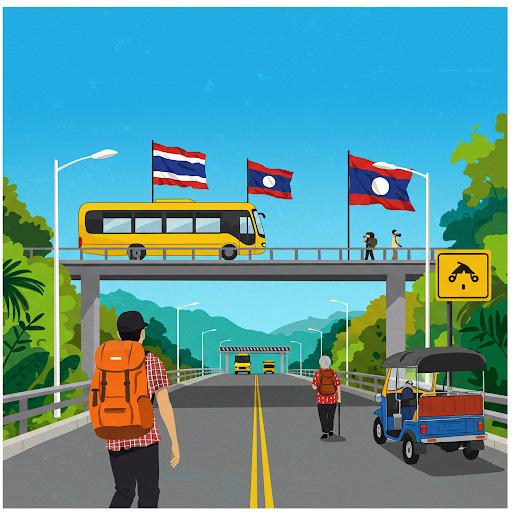





Ready to teach English in Thailand? Kids English Thailand (KET), your top teacher agency Thailand since 2009, makes it easy with guaranteed job placements for 100 teachers annually across vibrant schools. Our $400 one-week Sukhothai orientation includes comfortable accommodation, hands-on teaching practice, and cultural immersion in traditions like Songkran. Whether you have a bachelor’s degree for government schools or credentials plus a TEFL for international roles, KET supports your journey.